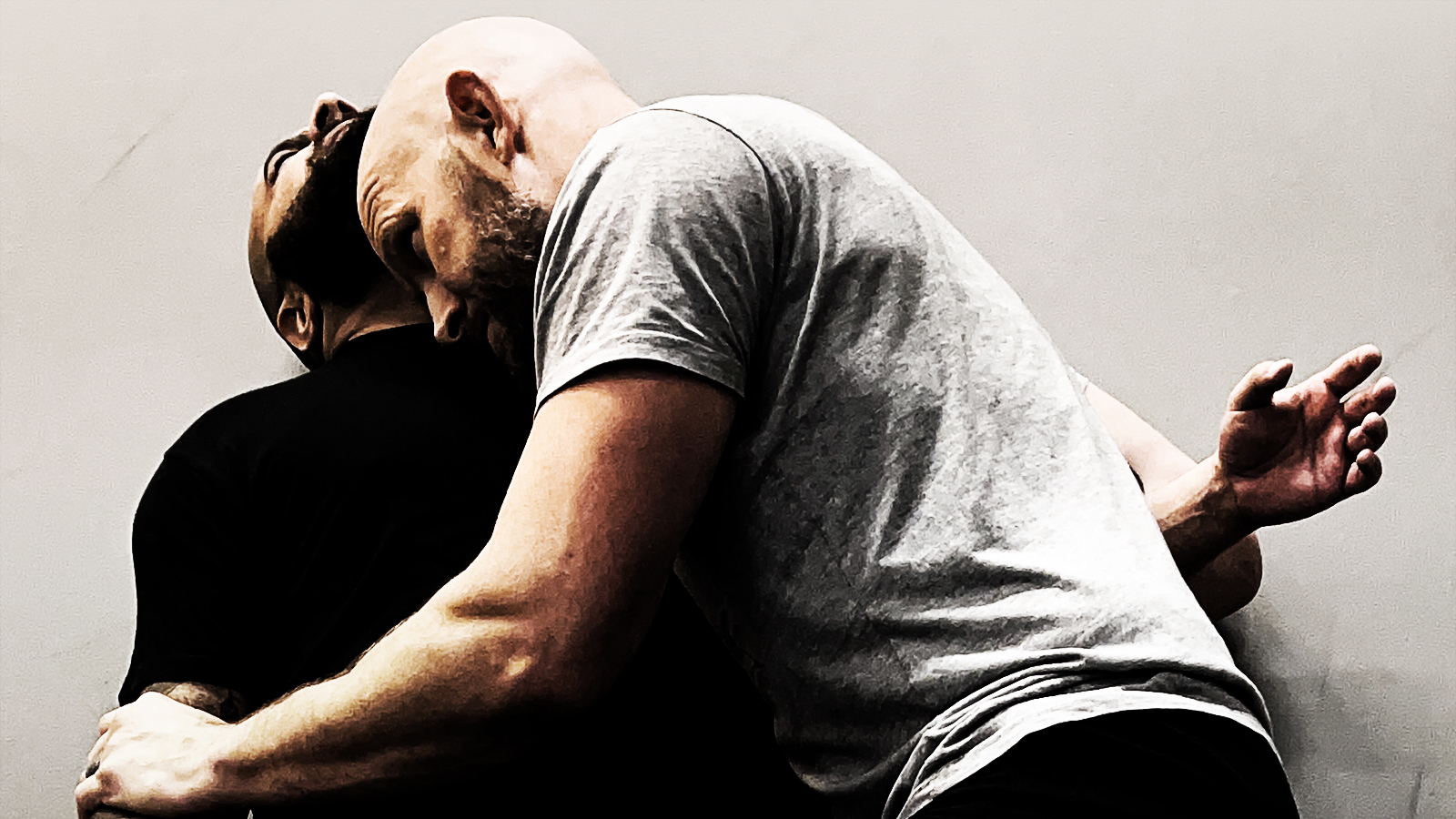What are the differences between Hybrid Krav-Maga and Krav Maga
Hybrid Krav-Maga is a non-linear, learner-centered style/approach while traditional Krav Maga is a linear instructor-centered system.
The goal of HKM
The main goal of Hybrid Krav-Maga is to create adaptive problem solvers.
With this as the main task of HKM, it became very clear that teaching linear systems and methods that are instructor-centered is less effective in helping learners to function in extremely non-linear environments.
The main reason for the choice to make HKM a non-linear approach where function is the priority is: solving problems in rapidly enfolding high consequence events needs to be trained in a student-centered, non-linear way.
This way, guided by representative learning design students are allowed to find their way, make mistakes and organically learn to adapt based on their own abilities and the environment they function in.
Right and wrong is a spectrum and right starts at effective!
Comparing HKM and KM
The main reason for comparing HKM and KM is because that is what we are compared to most of the time but a big part of the information is style or system independent.
This means that it could be describing any two activities where one side choose a open and progressive non-linear (ECO) style as the pedagogy for coaching and learning and the other one choose a more traditional, linear (IP) system as the pedagogy for teaching and learning.
The differences brought up in this post are based on my personal 30+ year experience of being a student, instructor and later on one of the top instructors in KM-organizations while also training and teaching professional users and instructors from all walks of life internationally.
I have no intention to do anything else than highlight differences and explain why HKM is what it is, why we do what we do instead of choosing the more traditional road.
Please note that the properties of KM in this article is a generalized picture of KM as a system/style that use a linear, information processing way of teaching and might not be representative for all organizations or schools where principles and methods can vary greatly.
I leave it up to everyone to use the pedagogy and style that one feels is the right one for them, their style/system and their way of training. Everyone makes their own choices with the information they have, and with the information we have right now HKM chooses the non-linear, ecological approach and utilizes the Constraints-Led Approach as part of the coach education and way of coaching students.
Non-linear Pedagogy
Non-linear pedagogy is an approach to teaching and learning that recognizes that learning is not always a straight, step-by-step process. Instead of following a fixed sequence of instructions, it allows for exploration, variability, and adaptation based on the learner’s experiences and environment.
Why Non-linear pedagogy
The main reason behind choosing a non-linear approach is just that, we are all dynamical, non-linear systems living and functioning in dynamic, non-linear environments, This means that we have to use a representative learning design do create affordances for the students to pick up on to learn to adapt to that non-linearity.
Training with a non-linear approach where the perception-action coupling is the central principle will allow the learners to achieve better function, bigger improvements, better retention and better adaptability to deal with unknown problems in a more efficient way (it might not always be as esthetically correct but function will always be the main priority in HKM).
My background
Together with my own experience as a coach I have been learning from my students, fellow instructors – HKM, KM, other systems, styles, sports, tactical activities … all the way to getting into the cage and choosing to compete in 3 professional MMA-fights to get experience in a field I had no experience in – discussions and talks with students, operators, instructors, coaches has lead to the changes that you can read about in this article.
The base of this is my own KM experience from 1994 to present day.
When I was active in Traditional KM (1994-2023) my personal style of teaching was based on a very strong belief in a linear Information Processing way, everything was a compartmentalized system where every little detail was important and repetition for the sake of perfecting the technique/movement pattern was the only way to learn and become efficient at solving problems.
Drilling technique for technical perfection without representative pressure was the main way of training in my sessions and very little time was spent on actual pressure testing and fighting.
With that I mean that the attacker attacks the defender with an attack that is known to the defender who then defends it without a lot of pressure and the attacker allows the defender to succeed with the technique. The instructor will most of the time then be there to find the technical mistakes in the performance and teach the correct angles and form to reach the ideal technique.
In my experience this way of training is representative of a big part of traditional Krav Maga training and the reasons behind that is that the linear system and methods are the main way taught to new instructors going through the instructor courses.
What is HKM
“Hybrid Krav-Maga is a highly efficient, learner-centered, non-linear style of fighting and self-defense with a base of Krav Maga and competitive striking and grappling systems, adaptable to any environment”
Already from the start and the first definition of Hybrid Krav-Maga the differences from Krav Maga was obvious and clear for me and the instructors/schools that joined HKM.
I do understand that the differences are not always that clear to others and therefore I would like to explain the main differences between HKM and KM.
The main differences between HKM and KM
The main differences is the approach to coaching and learning, this lays the foundation and mindset of the style and affects everything from coaching style to solutions of specific problems.
In Hybrid Krav-Maga (HKM) the main focus is a learner-centered, non-linear Pedagogy with an Ecological approach that uses the Constraints-Led approach to create adaptive problem solvers.
This is done by coaching them (using representative learning design) to learn to pick up on affordances and understand what has to happen to solve the problem and what function we want to reach instead of looking for “the perfect technique”. The reason for this is as I wrote above, our environment changes dynamically all the time and we have to adapt to that.
Traditional Krav Maga uses primarily an instructor centered, Information Processing approach that seeks to teach students to perform the perfect technique for each given problem.
In the table below you can see the comparisons HKM & KM based on the changes and differences that have been made and naturally emerged since HKM was born in 2023 (the idea of HKM started to grow way earlier than that but that is a different story)
Note: This article and list of differences is far from complete and may change over time as we learn and understand more in the realms of motor learning and skill development but I do hope that it gives you a starting point in understanding of what the differences between HKM and KM.
As I wrote above, this is a list of comparisons that set the foundation for our choice to adopt the approach we have today. The intention with it is to highlight and explain differences and nothing else.
You will find explanations for the different terms below the table.



